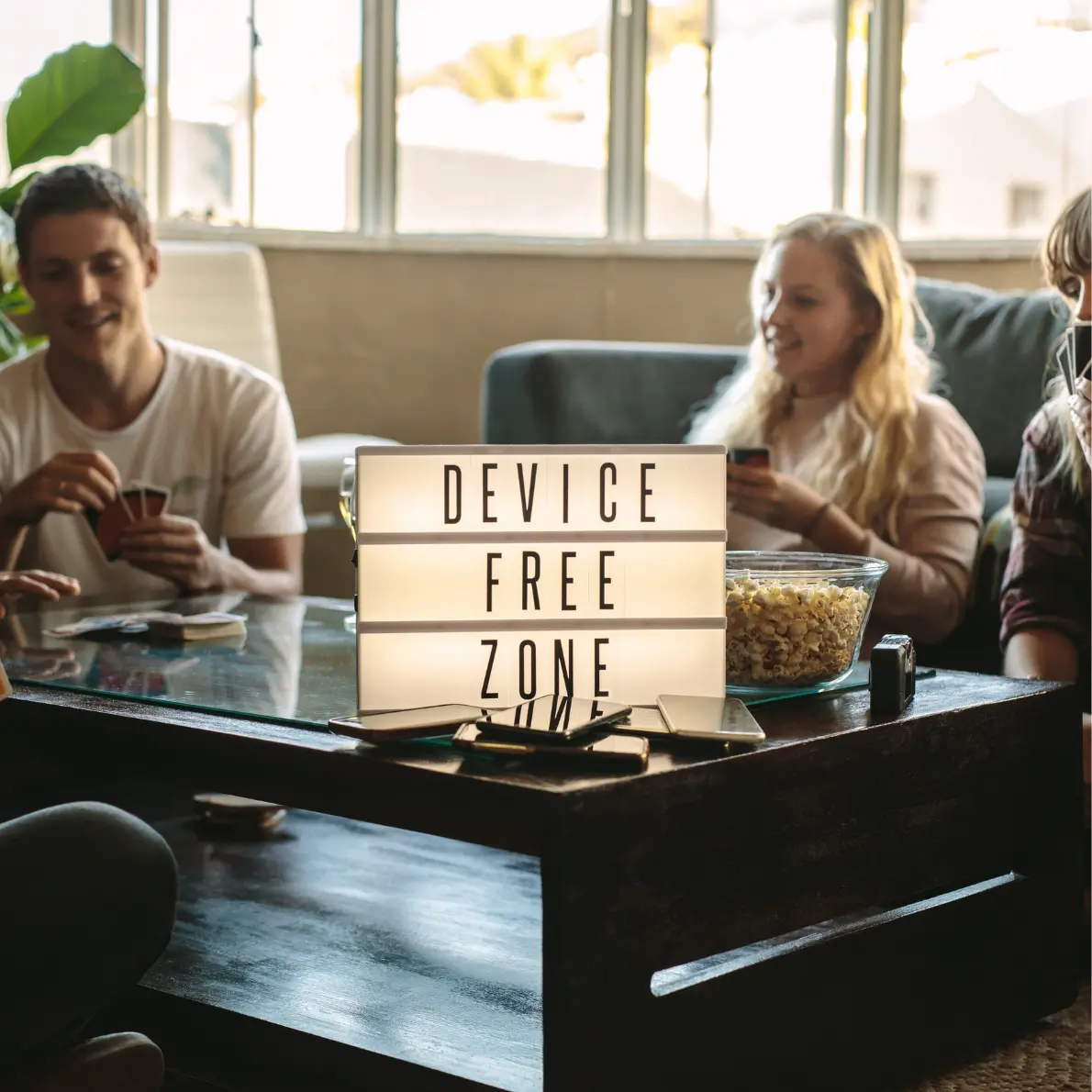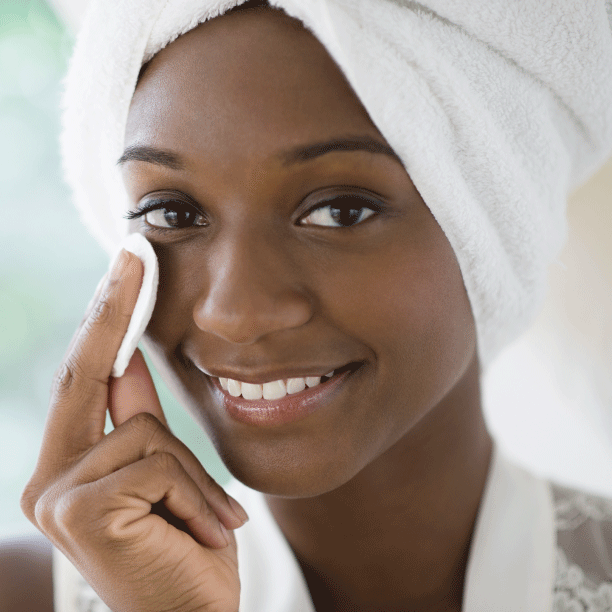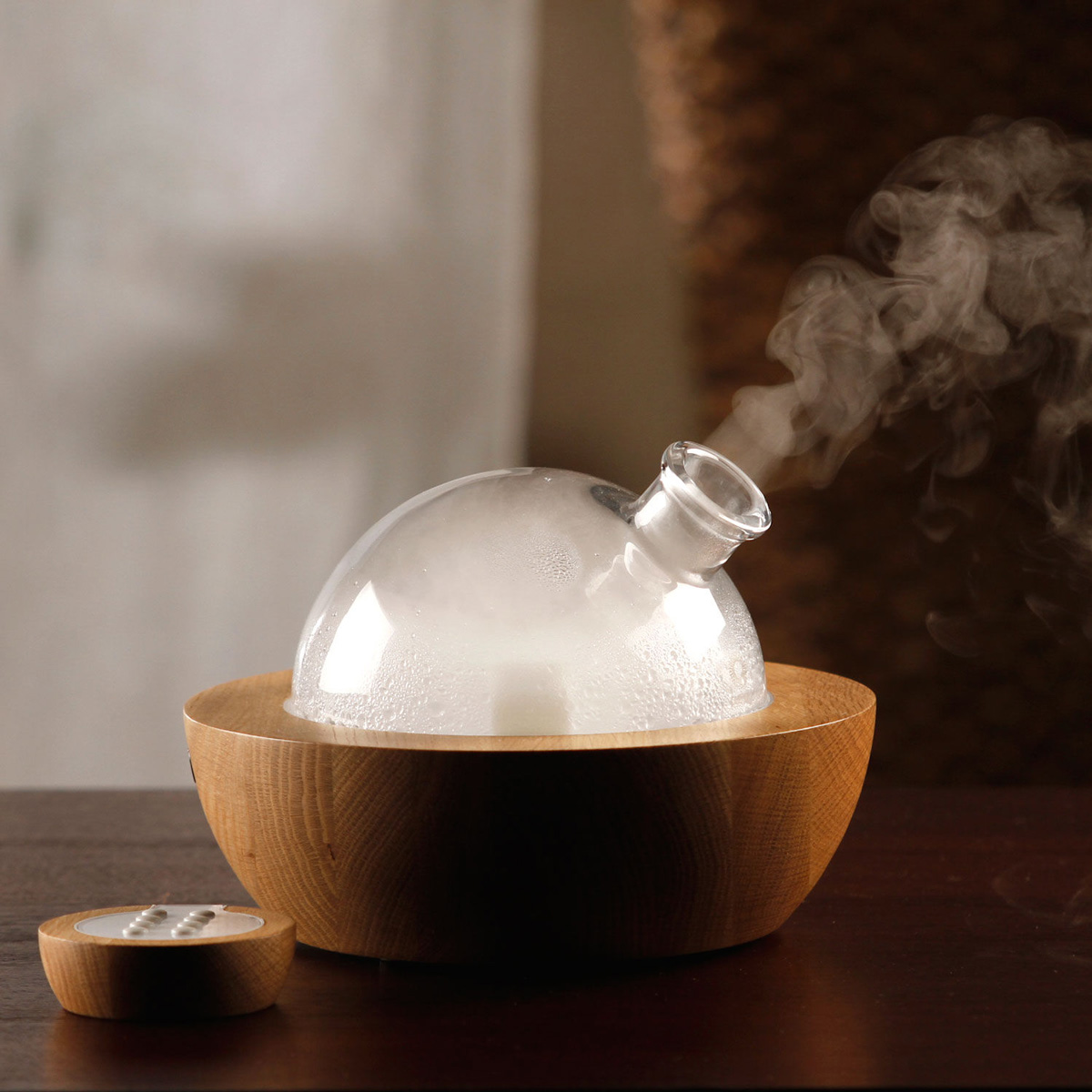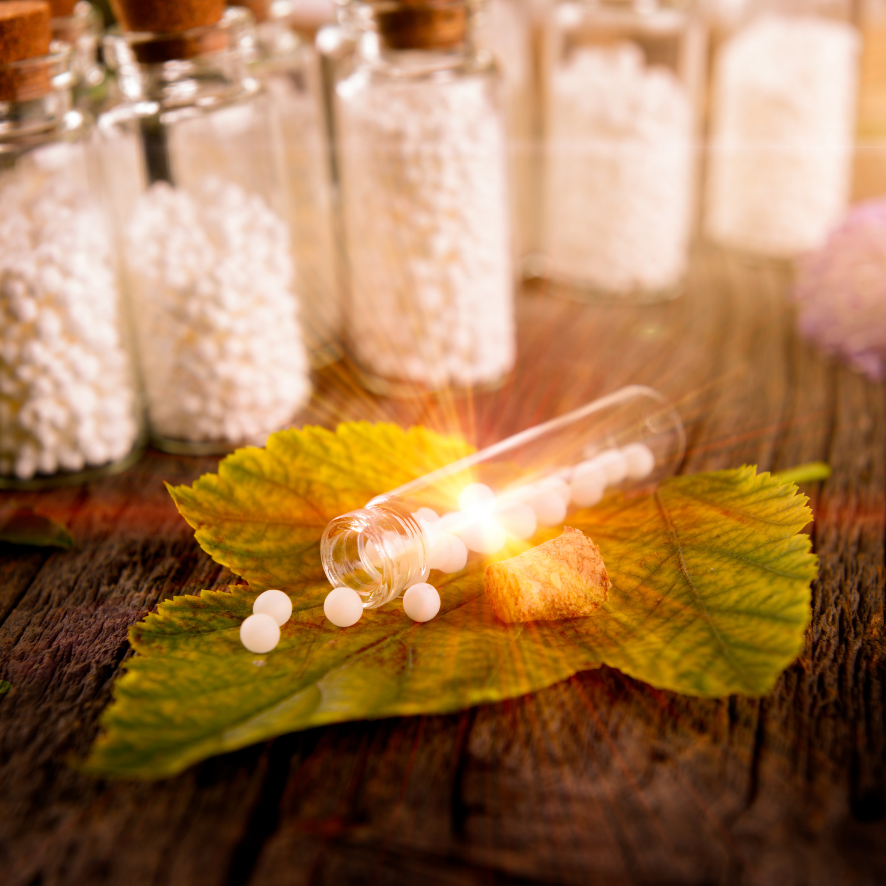By Jason Lauritzen – Light is a ubiquitous health variable that few understand and many dismiss. Why does light deserve our attention? Consider this: every cell in your body is tied to CLOCK genes. The name fits these genes — they act like little cellular clocks, keeping track of the time of the day. Their primary environmental time cue is light.
Your body has trillions of cells, which means it has trillions of clocks. They communicate with one another to keep track of your circadian rhythm, which ultimately governs every aspect of your biology, from body temperature to hormone regulation to cell regeneration.
Given that coordination between cells (and, in turn, their clocks) is so crucial, it’s unsurprising how research continually turns up health problems tied to disorders in circadian rhythm. Did you know that
- Proper sleep suppresses inflammation?
- When CLOCK genes get uncoupled, lung tumor formation is more likely?
- If CLOCK genes don’t function correctly, cells can’t rest, which allows cancer to replicate more quickly?
- Artificial blue light — regardless of time of day — alters glucose metabolism (blood sugar) and sleep cycles?
There is a specific field in medicine — called chronopharmacology — that the looks at the interactions between drugs and CLOCK genes. Timing matters when introducing agents into biological systems. For example, did you know that whether a mouse administered e. coli lives or dies depends on the time of day of the injection?
The simplest analogy to your body’s circadian rhythm is a symphony. The orchestra are your trillions of cells. The conductor is the [hypothalamus]. When everything sync ups, you get a beautiful song — the composer’s intent. When people start playing in different times, out of tune, etc., you lose the song entirely.
With an actual symphony, the toll paid for an “off” performance is a bad song. When it comes to biology, the penalty is poor health and disease states — whether it be cancer, more inflammation and/or altered blood glucose levels.
Understanding Sleep/Wake Cycles
Much of the research on circadian rhythm focuses on melatonin, a hormone produced in your pineal gland that helps regulate your sleep, causing drowsiness at appropriate times. It should be noted that while melatonin has been called “the chemical expression of darkness” and makes sure you enter proper sleep cycles at night, it relies on light/dark cues processed by your [hypothalamus].
If melatonin (via the [hypothalamus]) helps regulate sleep, what helps with wakefulness? That’s the role of cortisol. There’s such a surge of it first thing in the morning that that we have the term cortisol awakening response. After this surge, it slowly drops and levels off throughout the day.
In a normal person under close-to-natural conditions, you get a these two bell curves you see below, with cortisol peaking in the morning and lowering toward evening, and melatonin peaking in the evening and lowering throughout the day.

Light: Then and Now
Notice how above the melatonin and cortisol chart, I used the words “close-to-natural conditions.” That was intentional. Up until Edison patented and commercialized the light bulb in the 1880s, we, as a species, were used to light from the sun during the day and darkness at night, or minimal, man-made light sources like candlelight and gas lamps at night, thus living under close-to-natural conditions dictated by the rising and setting of the sun.
Research has found that 80 percent of the world’s population lives under light-polluted skies. If you narrow this down to just the United States and Europe, the number climbs to 99 percent. The virgin night sky is now so foreign to the majority of individuals that it requires going to a very remote area or a major event like a blackout to experience the night sky as intended. [The photo below depicts the sky] before and during the 2003 Northeastern blackout, a massive power outage that affected 55 million people.

The light landscape changed drastically in a very short period of time. Instead of sunlight during the day and darkness at night, most of us are bathed in artificial light almost 24/7.

What colors are now most prevalent? If you compare the visible spectrum reference chart below to common artificial light sources above, you’ll notice we’re getting a unbalanced surplus of violet, blue, and to a lesser extent, green.

Popular devices like iPads and iPhones feature these same peaks in the violet (380–450 nm) and blue range (450–495 nm) that we see from other artificial light sources.

Melatonin: The Chemical Expression of Darkness
90 percent of Americans use light-emitting electronics within one hour of bedtime. Exposure to violet, blue and even green light (495–570 nm) after sunset has two primary effects: melatonin suppression and phase shifting or re-tuning.
Let’s cover melatonin first. As noted in the section above, melatonin helps regulate sleep. It should be obvious, but it must be stressed: we are meant to have complete darkness at night. Cell phones, tablets, TVs, overhead lights, lamps, LEDs, etc., are not natural.
This is why studies continually find that violet and blue light suppress melatonin production the most. For example, something as seemingly innocent as room light can reduce pre-sleep melatonin levels by 71.4 percent and daily melatonin levels by 12.5 percent. This suppression effect is much greater in children than adults.
When people are exposed to sunlight or very bright artificial light in the morning, their nocturnal melatonin production occurs sooner, and they enter into sleep more easily at night.
This should not be misinterpreted to say, “Any light is good during day.” It depends on the type of light. The above quote notes the importance of sunlight, which has a balanced spectrum. Humans have lived under the sun’s influence for 200,000 years.
See full article here (and instructions on how to make your own light-corrective glasses: https://medium.com/@jasonlauritzen/blue-light-and-health-plus-how-to-make-your-own-blue-blocking-glasses-1a3d2694ad60#.qm4u84vm9














































